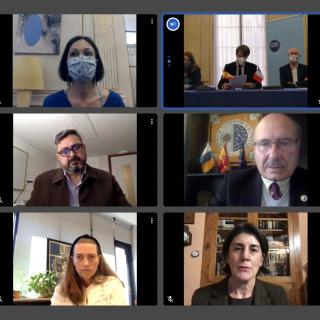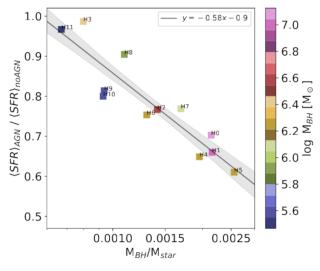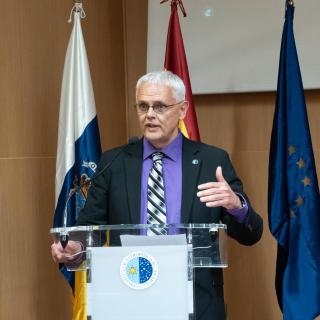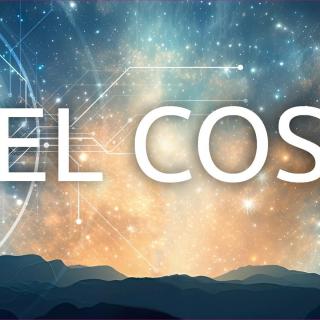From 13th to 17th of February, in IACTEC, the technical collaboration zone of the Instituto de Astrofísica de Canarias, the first scientific meeting of the Laboratory for Innovation in Optomechanics (LIOM) is taking place. This is a project for the development of new optical and mechanical technology which will form part of the next generaton of telescopes, such as the ExoLife Finder (ELF), aimed at the search for life outside the Solar System. The meeting has brought together 30 specialists in optics and photonics from Europe, Canada, and the United States.
During the course of this week, an internatonal group of over 30 specialists in physics, astronomy, and optical, mechanical, and photonic engineering are meeting in IACTEC, in the Science and Technology Park of La Laguna (Tenerife) to initiate IAC’s Laboratory for Innovation in Optomechanics (LIOM). Among the aims of the laboratory is the development of technology for large optical systems, capable of resolving weak astronomical source, at present inaccesible with current instruments and detectors on large telescopes.
For its launch, LIOM has obtained funding for 5 years from the Framework Programme for Research and Innovation Horizon Europe of the European Union, and is supported by an ERA (European Research Area) Chair, which will be led by Jeffrey Kuhn, a Professor at the University of Hawaii. Under his leadership the LIOM will work using an a networking method, based on the collaboration between the holder of this chair, a specialized team, the coordinating institution of the project under the leadership of Prof. Rafael Rebolo (IAC), and an international network (set up as an external advisory body).
IACTEC, the zone of technological and business cooperation of the IAC, will host this new laboratory, which will generate several jobs, among them a project manager, several posts in engineering and innovation, and predoctoral contracts, which will add to the IAC personnel dedicated to the project. In the long term, the IAC will move to consolidate the technological importance and sutainability of this new laboratory by participation in new projects requiring innovation and which will be generated in the comng years.
Alliances and new patents
LIOM will contribute to the esablishment of collaborations between companies and academic instituttons, particularly in Europe, Canada, and the US, to create technological innovation which, in general terms, will support the coming generaton of large optical telescopes.
One of the projects which will benefit directly from the possible innovations which will be developed at the LIOM is the design of the ExoLife Finder (ELF), telescope, a new intrument capable of detecting biomarkers on exoplanets and obtainjng details of their surfaces. It would have a diameter of at least 50 metres, and would be unique, one of the lightest telescopes in the world, dedicated to infrared imaging with high resolution and contrast.
Before it could be built, the team will need to overcome two major technological challenges: design an instrument whose weight and cost are ten times less than is normal for telescopes of this size, developing ultra-lightweight and self-correcting low density mirrors, and the use of cables under tensión rather than a rigid structure, to connect the mechanical structure of the telescope. For this reason a 3.5 metres prototype, called Small-ELF, for which the IAC and the Centre for Research in Astrophysics of Lyon (CNRS) already have the funding, will be installed at the Teide Observatory, to develop the necessary technology to guarantee the success of the ELF project.
“If we prove the viability of these technologies, and with the LIOM taking on the design of ELF, we could achieve a 50 metres telescope in the future at a much lower than normal cost” explains Nicolas Lodieu, an IAC researcher, who is the project scientist for Small-ELF.
It is hoped that the optical technologies of the LIOM will give rise to new patents, and will have important applications. For example the new ultra-thin and ultra-light mirrors made during this programme, as well as the improvements of the optical connections could be key for the satellites in Earth orbit which will make up the future global optical Internet, based in space.
Contact to request interviews:
uc3 [at] iac.es (uc3[at]iac[dot]es)






